What is the tolerance range of precision screws?
What is the tolerance range of precision screws?
Service Hotline
+86760-8787 8587We have more than ten years of experience in the production of screw industry, the main products are: blue Saigang washer, oil return pipe hinge joint hydraulic oil bolt, knurled female round head handwheel, semi-circular flat key pin, hardened iron countersunk head internal and external thread nut , Solid rod with shoulder, large hexagonal steel structural bolts, splint chamfered nuts, embedded nuts, nylon cross bolts, national standard metric bolts, grade 8 gaskets, snap-fit network cabinet cage floating nuts, claw-shaped butterfly screws, Fasteners such as shaft positioning pins, due to the different materials and specifications of the products, the prices are also different, please contact us if necessary.


304L stainless steel cold pier line, 304 stainless steel cold pier line, 310 stainless steel cold pier line, 303 stainless steel cold pier line, 302 stainless steel cold pier line, 301 stainless steel cold pier line, 202 stainless steel cold pier line, 201 stainless steel cold pier line, 410 stainless steel Cold pier line, 420 stainless steel cold pier line, 430 stainless steel cold pier line, 316L stainless steel cold pier line: 316 stainless steel contains molybdenum and low carbon content, and its resistance to pitting corrosion in marine and chemical industry environments is much better than 304 Stainless steel! (316L low carbon, 316N nitrogen high strength and high strength, 316F stainless steel with high sulfur content, easy to cut stainless steel [1]. 304L stainless steel cold pier wire: as a low carbon 304 steel, in general, the corrosion resistance is the same as 304. Similar, but after welding or after stress relief, its resistance to grain boundary corrosion is excellent, and it can maintain good corrosion resistance without heat treatment. 304 stainless steel cold pier wire: has good corrosion resistance, heat resistance High temperature resistance, low temperature strength and mechanical properties, good thermal processability such as stamping and bending, no heat treatment hardening phenomenon. Uses: tableware, cabinets, boilers, auto parts, medical appliances, building materials, food industry (use temperature -196°C-700° C) 310 stainless steel cold pier wire: The main features are: high temperature resistance, generally used in boilers, automobile exhaust pipes. Other properties are average. 303 stainless steel cold pier wire: By adding a small amount of sulfur and phosphorus, it is easier to cut than 304, Other properties are similar to 304. 302 stainless steel cold pier wire: 302 stainless steel bar is widely used in auto parts, aviation, aerospace hardware tools, chemical industry. The details are as follows: handicrafts, bearings, slippery, medical equipment, electrical appliances, etc. Features: 302 stainless steel The ball is austenitic steel, which is close to 304, but the hardness of 302 is higher, HRC≤28, and has good rust and corrosion resistance. 301 stainless steel cold pier wire: good ductility, used for forming products. Machining makes it harden quickly. Good weldability. Wear resistance and fatigue strength are better than 304 stainless steel. 202 stainless steel cold pier wire: belongs to chromium-nickel-manganese austenitic stainless steel, and its performance is better than 201 stainless steel cold pier wire Shenzhen Global Stainless Steel Cold Pier Wire 201 Stainless Steel Cold Pier Wire: It belongs to chromium-nickel-manganese austenitic stainless steel, with low magnetic properties. 410 stainless steel cold pier wire: belongs to martensitic (high-strength chromium steel), with good wear resistance and corrosion resistance Poor performance. 420 stainless steel cold pier wire: cutting tool grade martensitic steel, similar to Brinell high chromium steel, the earliest stainless steel. It is also used for surgical knives and can be made very bright. 430 stainless steel cold pier wire: Ferritic stainless steel, decorative, e.g. for car accessories. Good formability, but poor temperature and corrosion resistance
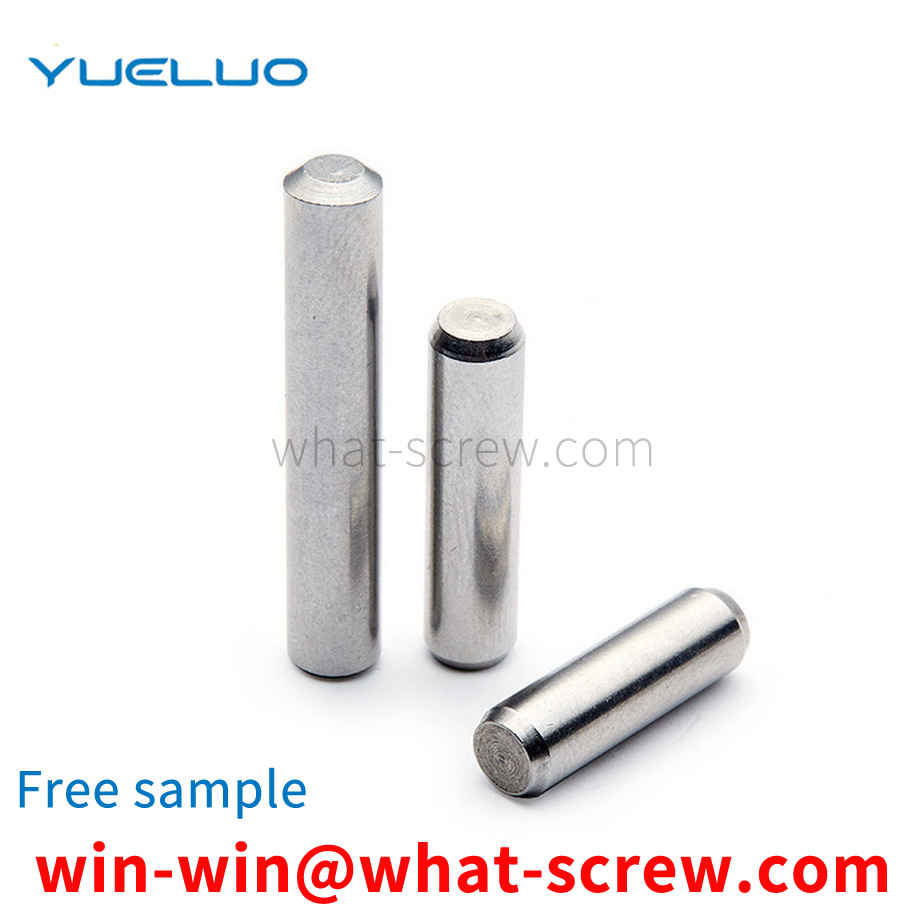
1. Ordinary outer hexagon - widely used, characterized by relatively large tightening force, the disadvantage is that there must be enough operating space during installation, and adjustable wrench, open-end wrench or glasses wrench can be used during installation, all of the above wrenches require a large amount of space. operating space. 2. Cylindrical head hexagon socket - is the most widely used of all screws, because it has a relatively large tightening force, and can be operated with a hexagon wrench. It is very convenient to install and is used in almost all kinds of structures. The appearance is more beautiful and neat. The disadvantage is that the tightening force is slightly lower than the outer hexagon, and the inner hexagon is easily damaged due to repeated use and cannot be disassembled. 3. Pan head inner hexagon - rarely used mechanically, the mechanical properties are the same as above, mostly used in furniture, the main function is to increase the contact surface with wooden materials and increase the ornamental appearance. 4. Headless inner hexagon - must be used in certain structures, such as the top wire structure that requires a large top-tight force, or where the cylindrical head needs to be hidden. 5. Countersunk head hexagon - mostly used in power machinery, the main function is the same as the inner hexagon. 6. Nylon lock nut - a nylon rubber ring is embedded in the hexagonal surface to prevent the thread from loosening, and it is used on strong power machinery. 7. Flange nuts - mainly play the role of increasing the contact surface with the workpiece, mostly used in pipes, fasteners, some stamping parts and casting parts. 8. Ordinary hex nut - the most widely used and one of the most common fasteners.
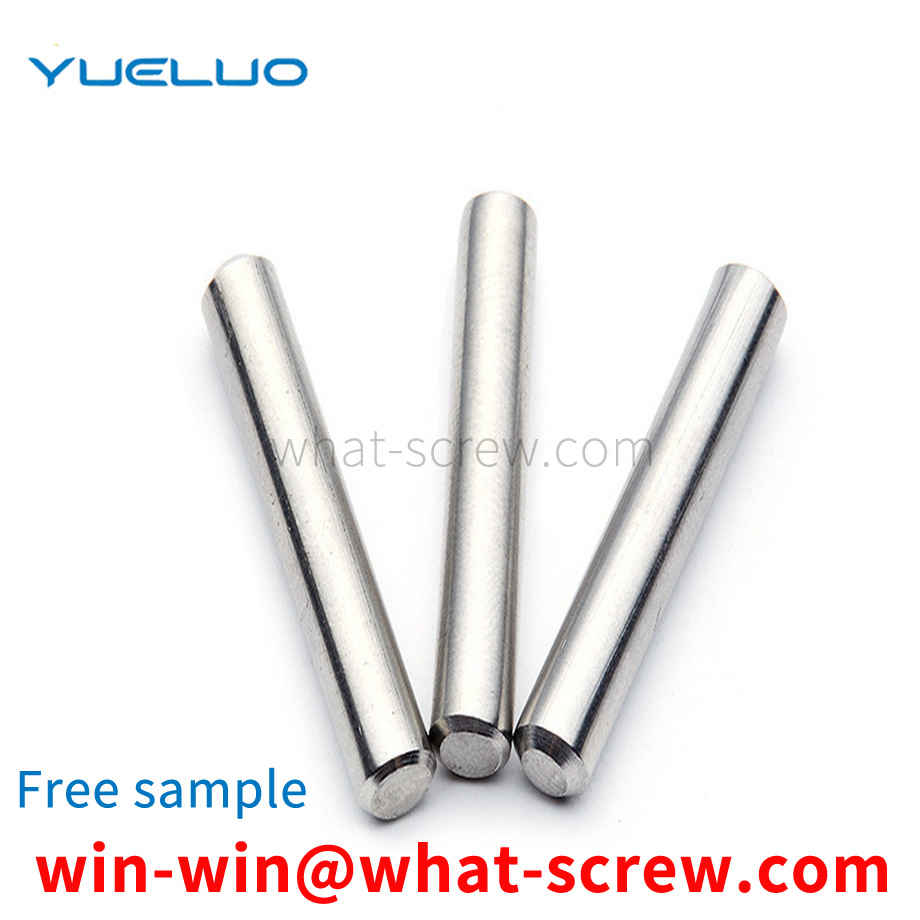
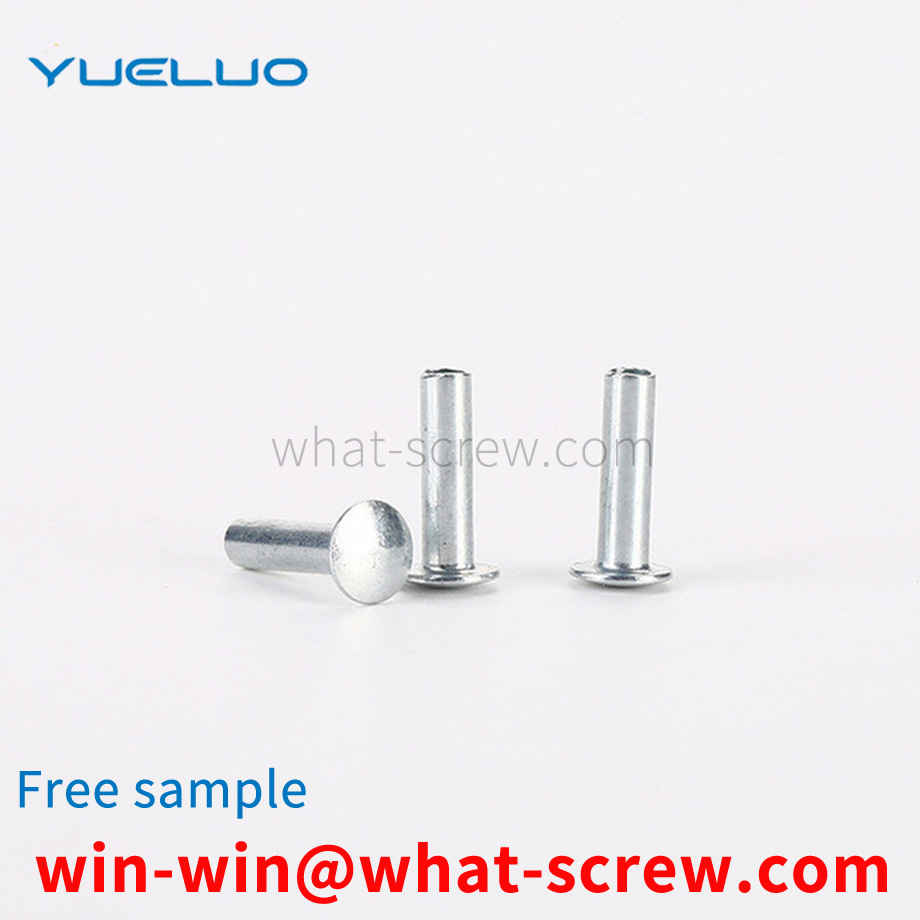
The elastic cylindrical pin, also known as the spring pin, is a headless hollow cylindrical body, which is slotted in the axial direction and chamfered at both ends. It is used for positioning, connection and fixation between parts. The outer diameter of the spring pin is usually slightly larger than the mounting hole. The deformation force generated by the elastic cylindrical pin to be restored to its original state by extrusion ensures the clamping effect of the elastic cylindrical pin. But just because of its clamping effect, it will play a big obstacle to the disassembly of the elastic cylindrical pin. When in use, the open end is extended out of the through hole on the pin shaft, and the open end is flared and separated to prevent the elastic cylindrical pin from sliding off the pin shaft to realize the function of preventing backlash. At present, the disassembly method of the elastic cylindrical pin usually uses a punching machine to remove the cylindrical pin, which easily destroys the equipment installed on the cylindrical pin, and the disassembled elastic cylindrical pin cannot be used again due to damage. One method is to insert the mounting pin with the clearance fit of the mandrel, punch the pin behind the mandrel to clamp the bottom of the cylindrical pin, and then pull out the cylindrical pin, which can only be used when the elastic mounting pin is installed in the through hole, and because it is necessary Applying force to the mandrel increases the difficulty of disassembly and increases the work intensity of the installer. Three methods are done by the installer using two needle nose pliers. Specifically, first use needle-nose pliers to clamp the ends of both sides of the elastic cylindrical pin, and then apply an inward force to the needle-nose pliers, so that both sides of the elastic cylindrical pin rotate in the same direction until the opening becomes smaller, and then Pull it out to remove it successfully. The defects of these existing methods are obvious. The shape of the disassembled elastic cylindrical pin is either unusable or the deformation of the cylindrical pin after disassembly is not uniform, which seriously affects the performance of the elastic cylindrical pin, resulting in waste and increased cost; The method is purely manual work, and sometimes it takes several repetitions to remove the elastic cylindrical pin. Due to the different installation positions of the elastic cylindrical pin, it sometimes increases the difficulty of disassembly, and it is difficult to remove the needle-nose pliers effectively. The pliers are difficult to construct, and the elastic cylindrical pins are easily damaged. If there are too many elastic cylindrical pins to be disassembled, the existing methods are often difficult to meet the needs, which not only consumes a lot of time and physical strength of the installer, but also makes it difficult to ensure the quality.
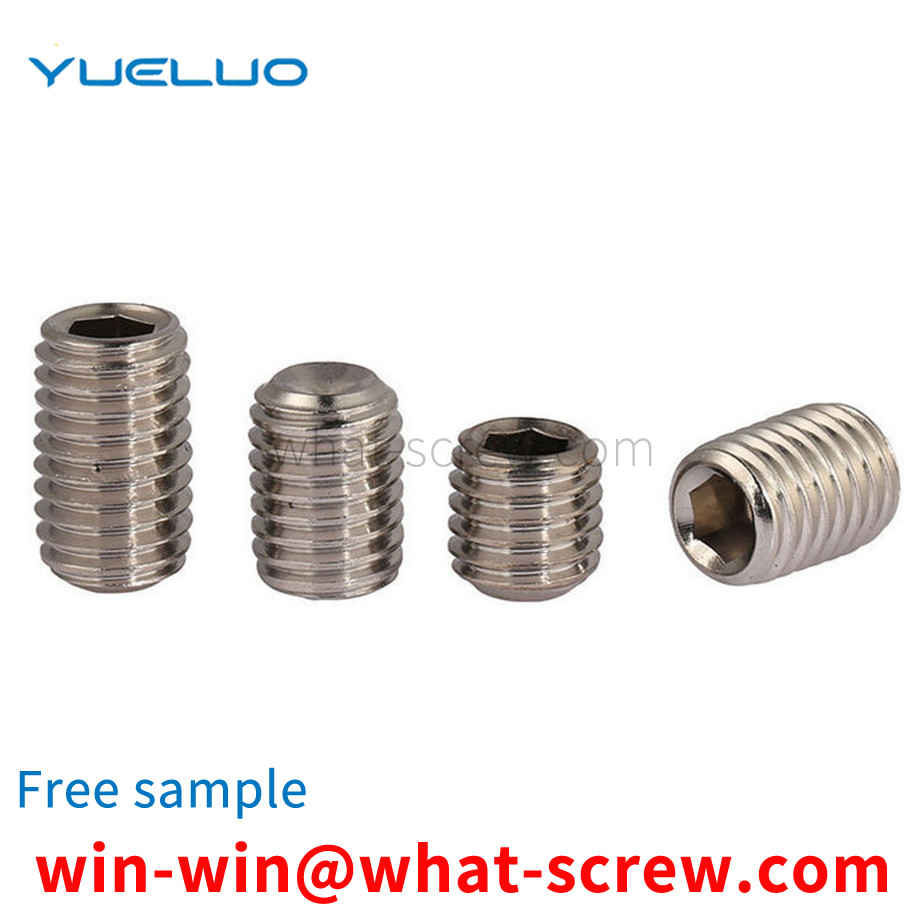
Therefore, in order to obtain fasteners that meet the requirements, it is usually necessary to anneal the middle sections of bolts, rivets, etc. to reduce the hardness of the middle sections, while ensuring the hardness of the heads of bolts, rivets, etc. At present, the existing process adopts ultra-high frequency induction heating equipment to instantly heat the middle section and reduce the hardness. However, this process requires a lot of control, and the heating time is slightly longer, which affects the hardness of the head, and the mass production is very unstable, which is easy to cause the rivet to fail. At the same time, the cost of ultra-high frequency equipment is high and the power consumption is large, which is not conducive to mass production and energy saving. Environmental friendly.

The above content is uploaded by Yueluo or the Internet. If there is any copyright issue, please contact [email protected].

What is the tolerance range of precision screws?

How to choose the right stainless steel screw manufacturer?

Why is there an R angle under the head of the hexagon head s...

We have more than ten years of experience in screw industry ...
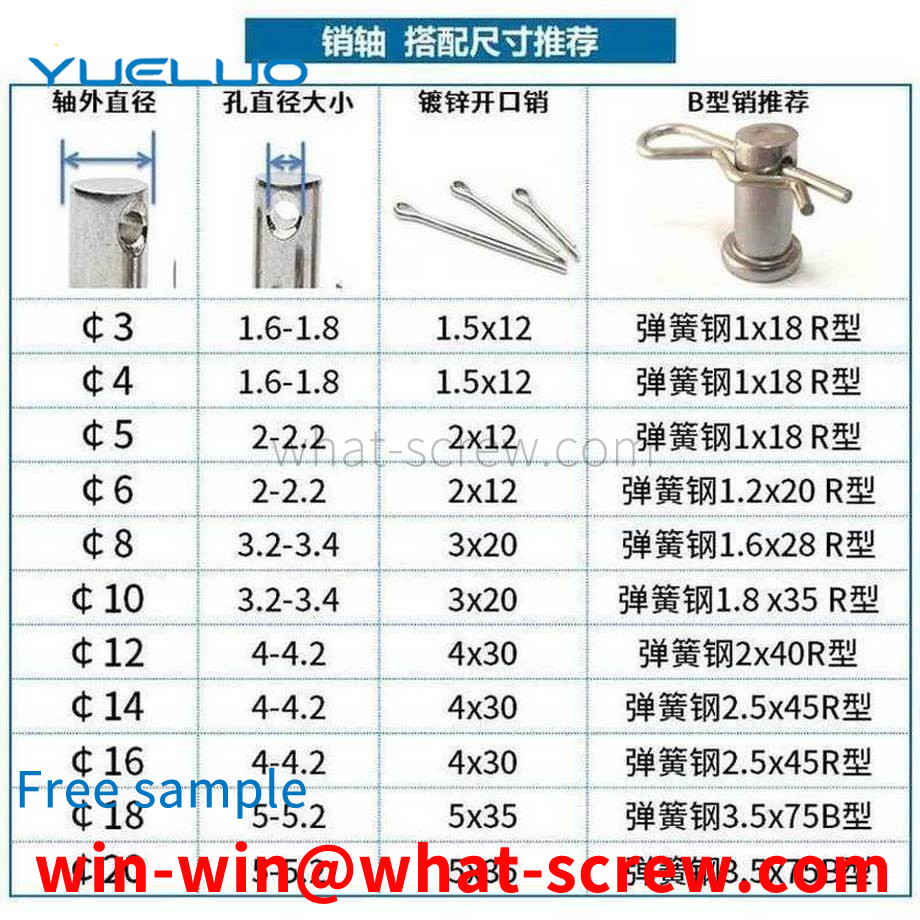
We have more than ten years of production experience in the ...

We have more than ten years of experience in screw industry ...
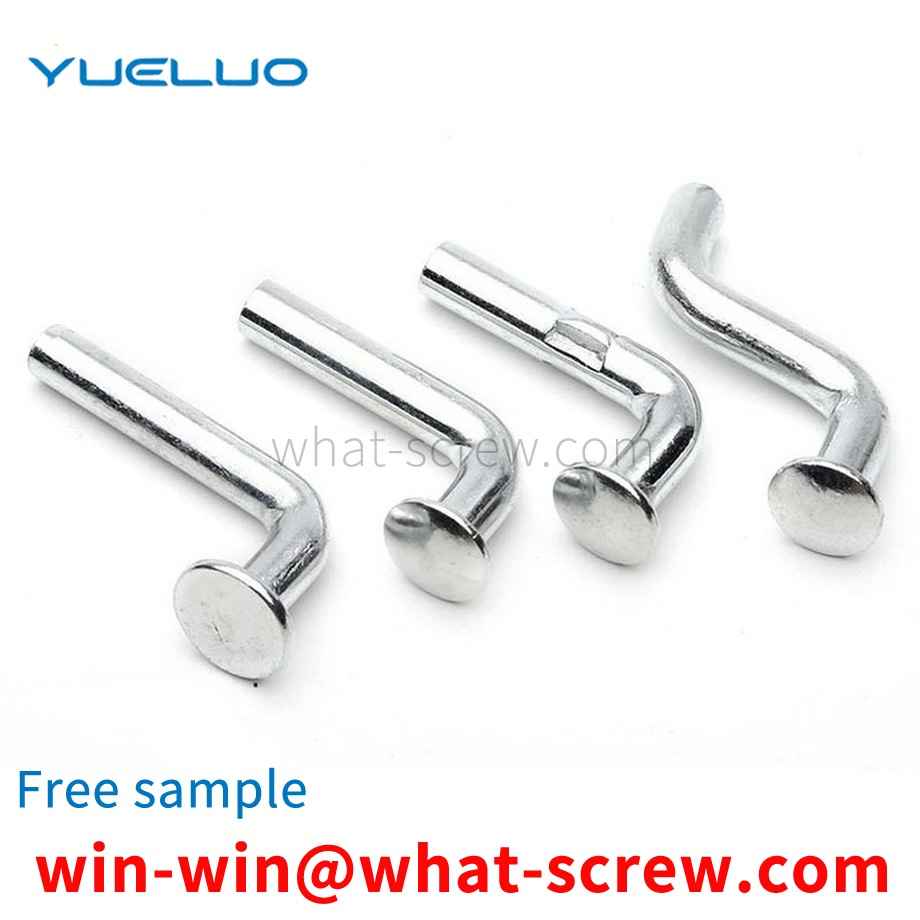
We have more than ten years of production experience in the ...